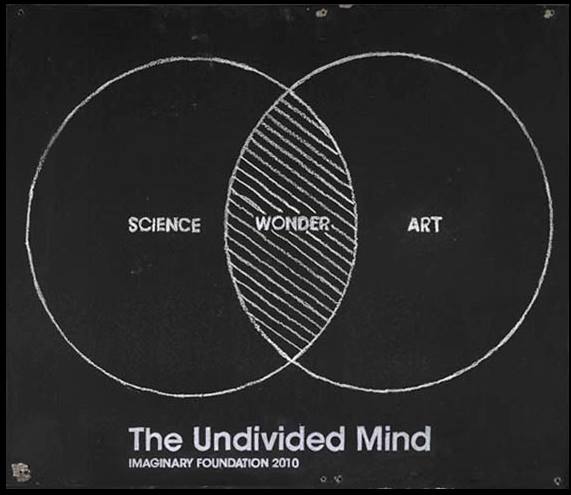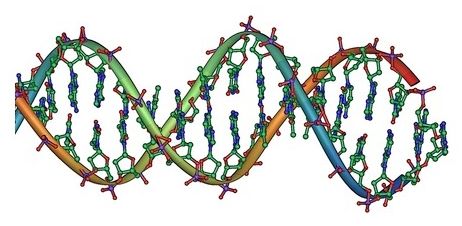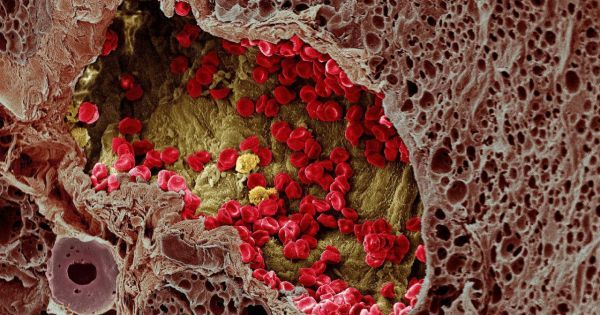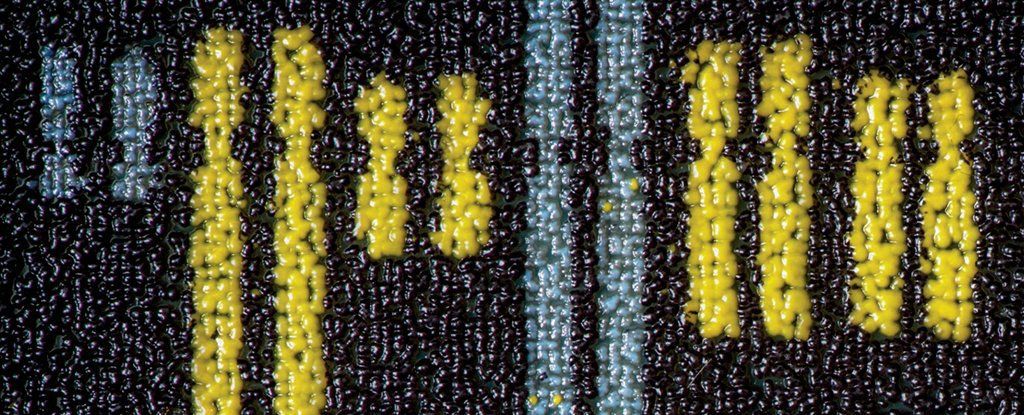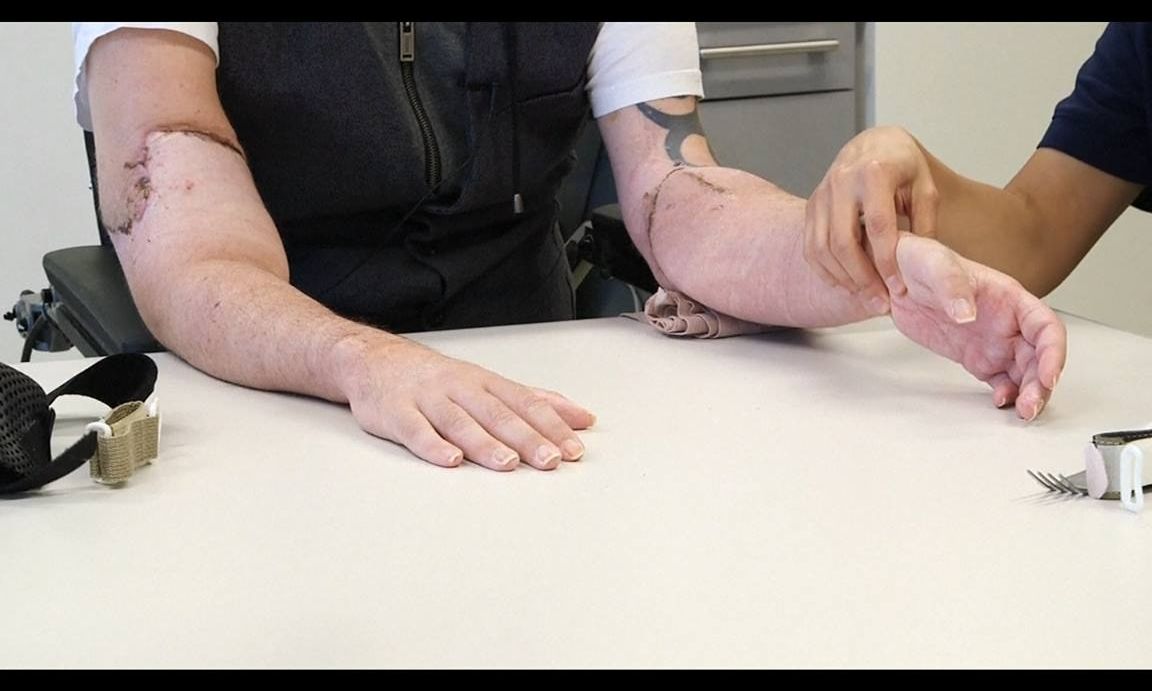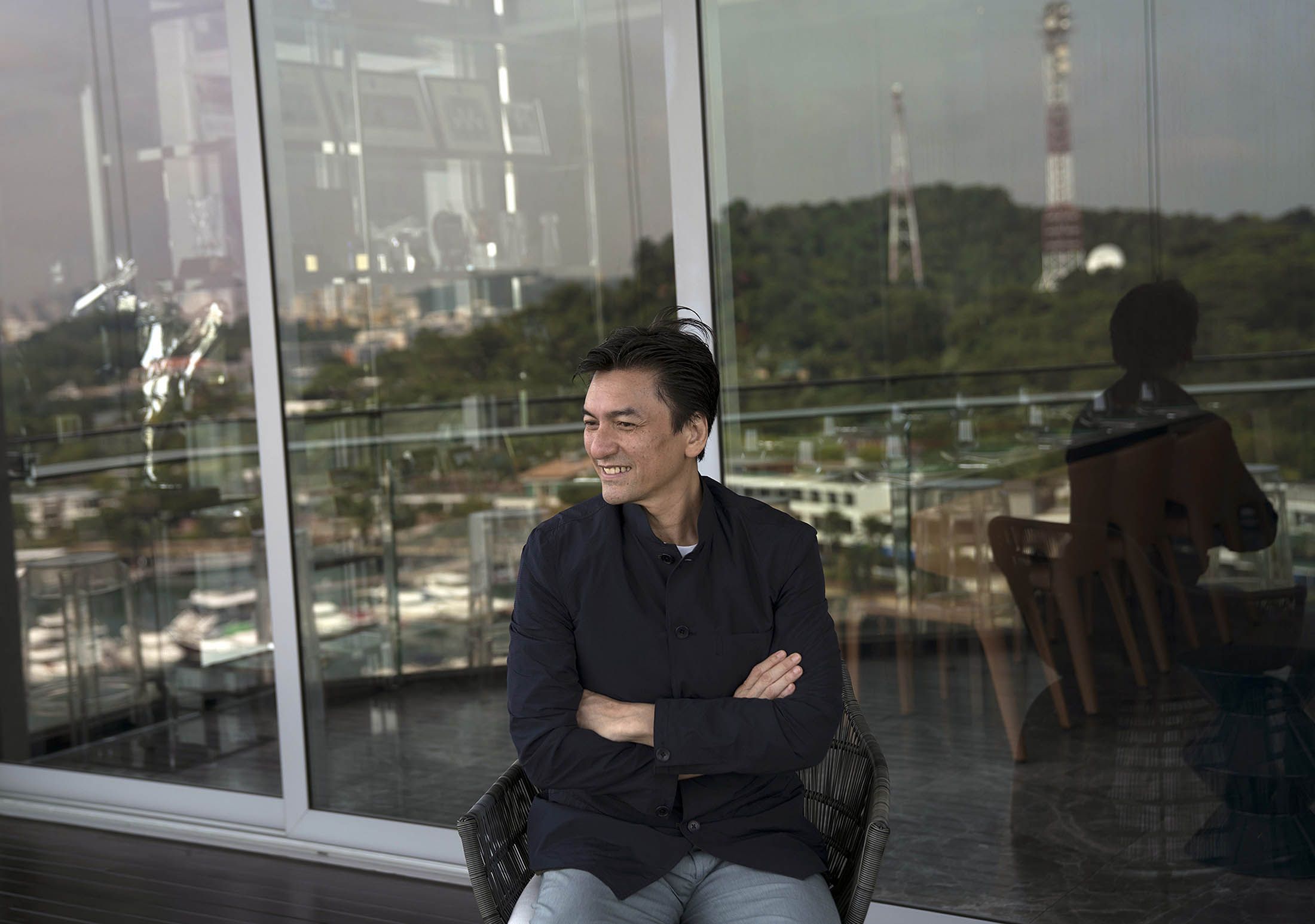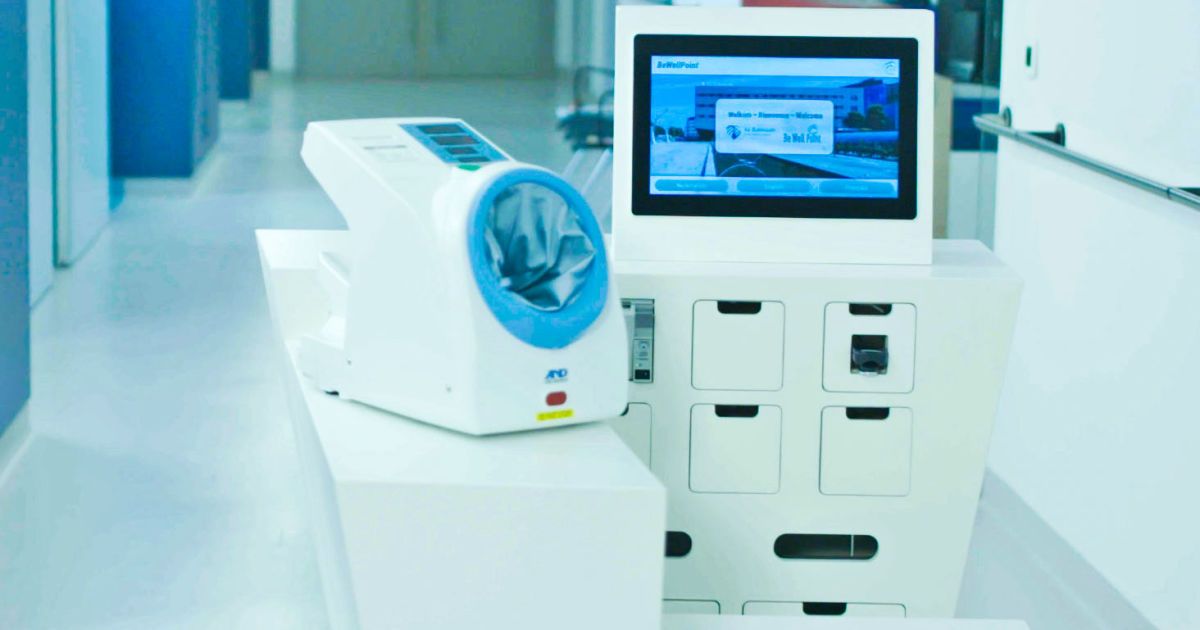Archive for the ‘biotech/medical’ category: Page 2521
Mar 13, 2017
Scientists reveal new super-fast form of computer that ‘grows as it computes’
Posted by Shailesh Prasad in categories: biotech/medical, computing, engineering, quantum physics
Researchers from The University of Manchester have shown it is possible to build a new super-fast form of computer that “grows as it computes”.
Professor Ross D King and his team have demonstrated for the first time the feasibility of engineering a nondeterministic universal Turing machine (NUTM), and their research is to be published in the prestigious Journal of the Royal Society Interface.
The theoretical properties of such a computing machine, including its exponential boost in speed over electronic and quantum computers, have been well understood for many years – but the Manchester breakthrough demonstrates that it is actually possible to physically create a NUTM using DNA molecules.
Mar 13, 2017
Scientists Have Finally Figured out How Cancer Spreads Through the Bloodstream
Posted by Shane Hinshaw in category: biotech/medical
In Brief In a new report, scientists detail that have have observed how cancer cells spread from the initial tumor to the bloodstream. This development could allow us to better understand cancer and, thus, how to fight it.
In what could be a major step forward in our understanding of how cancer moves around the body, researchers have observed the spread of cancer cells from the initial tumour to the bloodstream.
The findings suggest that secondary growths called metastases ‘punch’ their way through the walls of small blood vessels by targeting a molecule known as Death Receptor 6 (no, really, that’s what it’s called). This then sets off a self-destruct process in the blood vessels, allowing the cancer to spread.
Continue reading “Scientists Have Finally Figured out How Cancer Spreads Through the Bloodstream” »
Mar 13, 2017
Scientists Just Took a Big Step Towards Creating Artificial Life
Posted by Shane Hinshaw in category: biotech/medical
Scientists have taken a major step forward in developing complex artificial life, by successfully synthesising six out of 16 yeast chromosomes – the molecular structures that carry genes.
This means they’re more than one-third of the way to being able to build their own custom-made yeast genomes from scratch, which would be a huge moment in the field of developing lab-made lifeforms.
The research is being carried out by the hundreds of scientists who make up the Synthetic Yeast Genome Project, and they estimate that the artificial yeast genome could be completed within the next year.
Continue reading “Scientists Just Took a Big Step Towards Creating Artificial Life” »
Mar 12, 2017
Three innovations that will eventually replace sex
Posted by Zoltan Istvan in categories: biotech/medical, sex

A few stories my futurist work is newly showing up in: http://all.true-news.info/three-innovations-that-will-eventually-replace-sex/ &
https://www.bioedge.org/bioethics/a-quick-look-at-immortality/12195 &
Continue reading “Three innovations that will eventually replace sex” »
Mar 11, 2017
Marine Receives Double Arm Transplant
Posted by Shailesh Prasad in category: biotech/medical
Mar 11, 2017
Eternal Youth Is the Next Big Bet for Singapore Venture Capitalist
Posted by Alexander Rodionov in categories: biotech/medical, life extension
Mar 10, 2017
Thinking Machines: 7 of the Best Books on Artificial Intelligence
Posted by Zoltan Istvan in categories: biotech/medical, cyborgs, robotics/AI, singularity, transhumanism
More news on the new #transhumanism book just out: To Be a Machine. http://www.signature-reads.com/2017/03/7-best-books-artificial-intelligence/ & https://undark.org/article/30154-2/ & http://bookforum.com/blog/17478
Decades ago, if you were writing about robots, it was probably in one of two forms: either a science fiction narrative, or something short about the handful of robots that could be purchased for home or recreational use. Now things have changed. Home devices can recognize and respond to speech, prosthetic technology has been dramatically advanced, and our very understanding of what constitutes a robot has significantly changed.
With these advances in technology have come other questions, some pertaining to the nature of intelligence, some relating to the lines between humanity and machines, and still more that use our research into robotics to explore what makes us human. So, with that in mind, here’s a look at a handful of the best books on artificial intelligence, dealing with questions of robots, body modification, the Singularity, and more. Crank up Flight of the Conchords’s song set after a robot uprising and dig in.
Continue reading “Thinking Machines: 7 of the Best Books on Artificial Intelligence” »
Mar 9, 2017
Life and death: When the end arrives, should we upgrade or shut down?
Posted by Zoltan Istvan in categories: biotech/medical, cryonics, geopolitics, law, life extension, transhumanism
Transhumanism appearing in the American Association for the Advancement of Science’s (AAAS) magazine: Science…
Modern technology and modern medical practice have evolved over the past decades, enabling us to enhance and extend human life to an unprecedented degree. The two books under review examine this phenomenon from remarkably different perspectives.
Mark O’Connell’s To Be a Machine is an examination of transhumanism, a movement characterized by technologies that seek to transform the human condition and extend life spans indefinitely. O’Connell, a journalist, makes his own prejudices clear: “I am not now, nor have I ever been, a transhumanist,” he writes. However, this does not stop him from thoughtfully surveying the movement.
Continue reading “Life and death: When the end arrives, should we upgrade or shut down?” »
Mar 8, 2017
Meet the automated triage nurse of the future
Posted by Nancie Hunter in categories: biotech/medical, employment, robotics/AI
If you think that the march of automation isn’t going to affect jobs in the medical profession, then, uh, you better sit down. A Belgian company called BeWell is showing off WellPoint, a self-service kiosk that’s designed for patients entering hospitals or clinics. The WellPoint is a touchscreen-enabled booth that operates as a first port of call for visitors, quickly checking your basic vitals before you see a medical professional.
